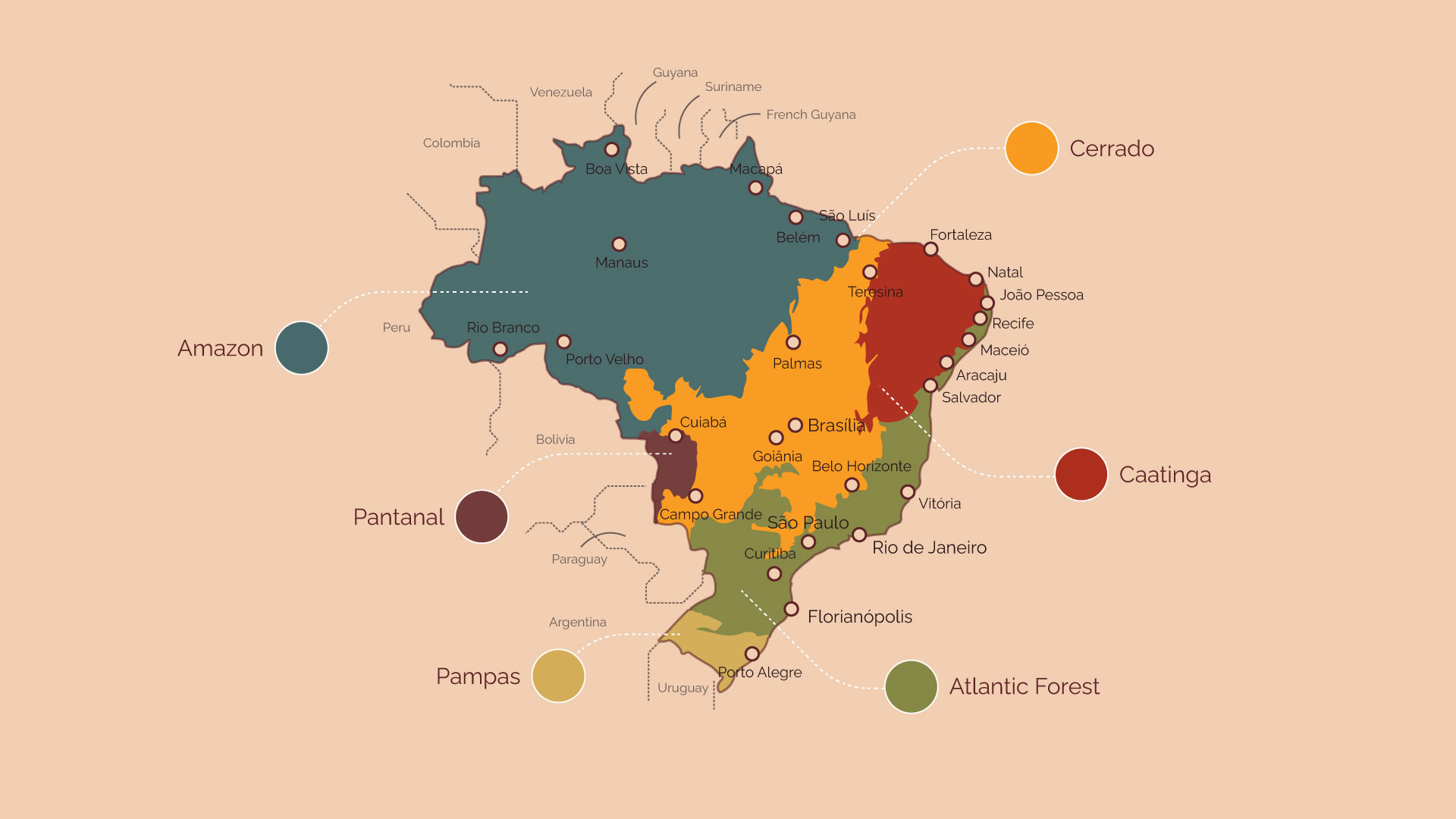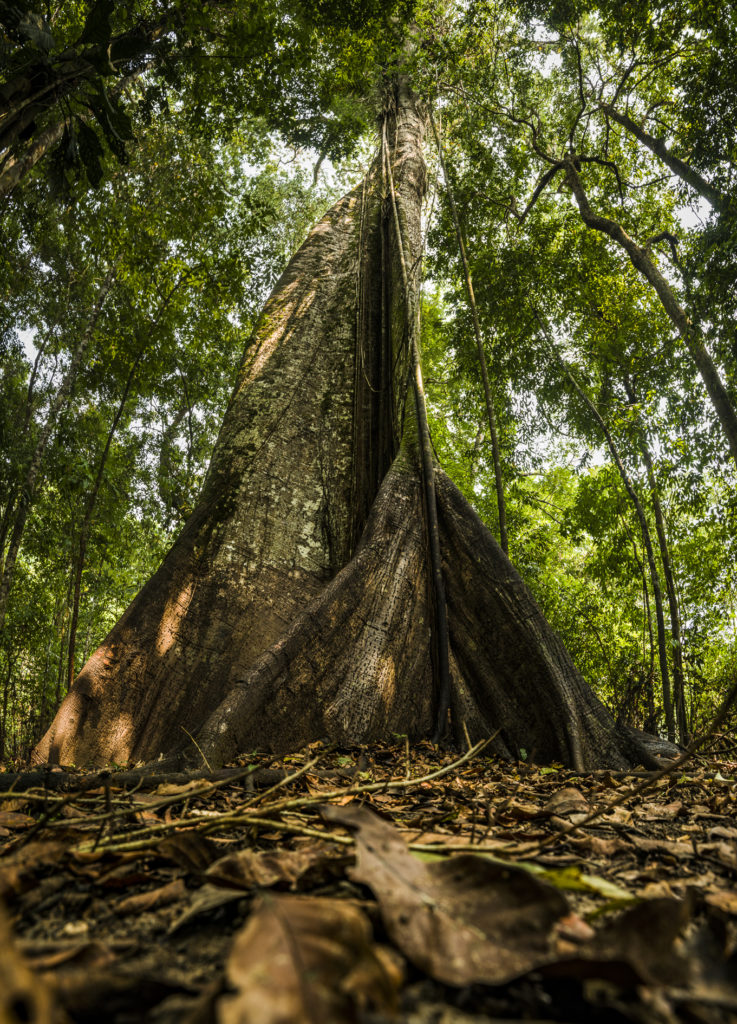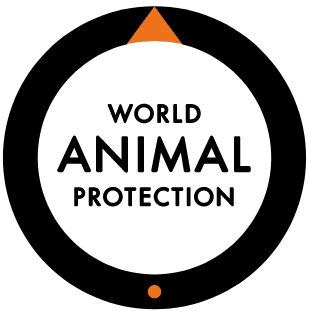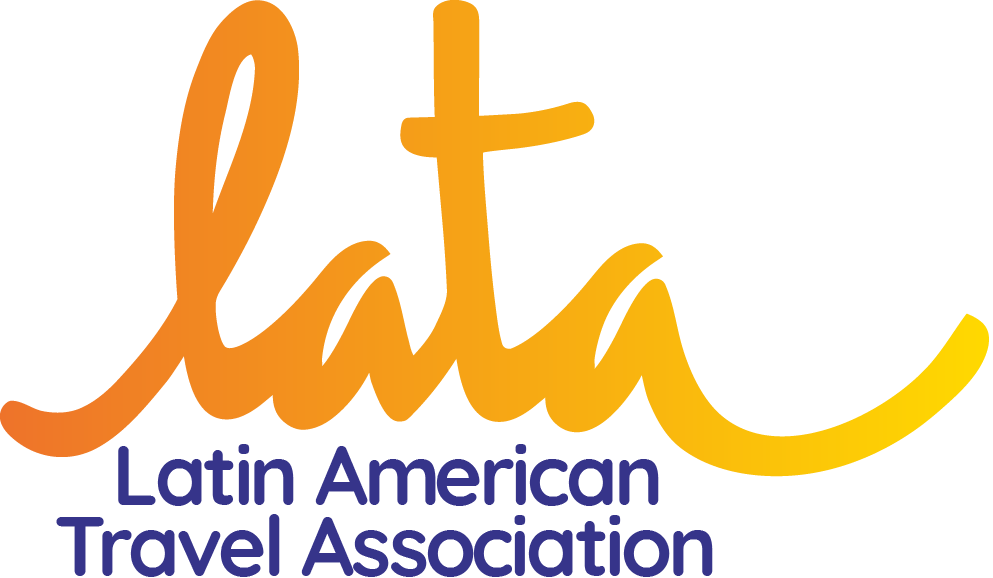
The Amazon represents over half of the planet's remaining rainforests and comprises the largest (5,500,000 sq km) and most biodiverse tract of tropical rainforest in the world.
CLICK TO LEARN MORE!
CLICK TO LEARN MORE!
Considered a World Natural Heritage and Biosphere Reserve by UNESCO, Pantanal is the largest floodplain on the planet, with nearly 210,000 sq km, 140,000 of which are within Brazilian territory.
CLICK TO LEARN MORE!
CLICK TO LEARN MORE!
Covering over half of Brazil’s southernmost state, Rio Grande do Sul, the Brazilian Pampas is a flat grassland biome. Its typical steppes are humid and warm, with grass and scattered shrubs and trees being the dominant vegetation.
CLICK TO LEARN MORE!
CLICK TO LEARN MORE!
About 500 hundred years ago, when the first European explorers arrived at Brazilian shores, this was the spectacular biome that captivated their eyes and imagination. Its original area is estimated to have been 1,000,000 to 1,500,000 sq km.
CLICK TO LEARN MORE!
CLICK TO LEARN MORE!
The Caatinga is an ecozone found in the semi-arid northeastern region of Brazil. It is the only exclusively Brazilian biome, covering nearly 10% of the country's territory.
CLICK TO LEARN MORE!
CLICK TO LEARN MORE!
The Cerrado is a vast tropical savanna ecoregion that spreads across the very heart of the Brazilian territory, accounting for a full 21% of the country's land area.
CLICK TO LEARN MORE!
CLICK TO LEARN MORE!








